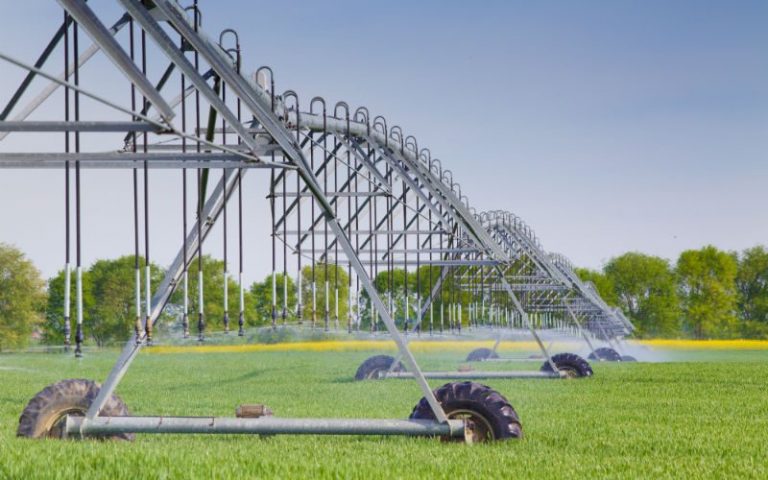Food safety has always been a top priority.
Unfortunately, globalization and complex supply chains makes it more challenging than ever to ensure the quality and safety of food products.
The solution? Implement traceability systems throughout the entire supply chain.
Traceability: A Key Ingredient in Food Safety
Traceability is the ability to track the journey of a food product, from farm to fork. And, it’s an essential tool for enhancing food safety and quality.
Here’s why:
1. Rapid Response to Foodborne Illnesses
Foodborne illnesses pose a significant threat to public health. These systems allow companies to quickly pinpoint the source of contamination and take swift action, minimizing the impact on consumers.
2. Prevention of Food Fraud
Food fraud is a global issue that undermines consumer trust and poses health risks. Traceability systems, though, proves the authenticity and origin of food products
3. Improved Supply Chain Transparency
Consumers demand transparency, which is easier to account for with a robust traceability system.These builds trust with your consumers by demonstrating your commitment to food safety.
Implementing Traceability Solutions: A Step-by-Step Guide
So, how can businesses ensure food safety and quality with traceability solutions?
Here’s a step-by-step guide:
Step 1: Assess Your Supply Chain
The first step is to assess your supply chain and identify potential risks. This involves mapping out each stage, from raw materials to finished products, and pinpointing areas that require additional attention.
Step 2: Develop a Traceability Plan
Next, create a traceability plan that outlines the processes and technologies needed to track and trace products throughout the supply chain. This plan should include a clear set of goals, objectives, and milestones.
Step 3: Choose the Right Technologies
Modern traceability systems rely on a variety of technologies, such as barcodes, QR codes, and RFID tags. Take into consideration cost, scalability, and ease of integration before buying anything.
Step 4: Implement Your Traceability System
It’s time to implement your traceability system. This includes training employees, setting up the necessary hardware and software and establishing data collection procedures.
Step 5: Monitor, Evaluate Your System
Finally, continuously monitor and evaluate your traceability system to make sure everything is running the way it supposed to. Regular audits and reviews will help identify areas for improvement.
The Path to a Safer, Higher-Quality Food Supply
Food traceability systems play a vital role in ensuring food safety and quality. With the right plan, technologies, and commitment, companies can create a safer, higher-quality food supply.



